BRAND DEVELOPMENT
Une marque de commerce électronique est inspirée par le mouvement Maker
En 2011, j'ai lancé un concept de vente au détail inspiré du mouvement Maker / DIY. Il s'agissait d'une expérience de style de vie visant à inspirer les nouveaux propriétaires, principalement dans les zones urbaines, qui réparaient les vieilles maisons et construisaient des vies axées sur la qualité plutôt que sur la communauté.


CLIENT
Machen Supply
INDUSTRY
Retail
ROLE
Founder, Creative Director
INVOLVEMENT
Naming, Branding (logo & identity) content strategy, research, press kit, photography, company blogs, social media outreach, buying, inventory management, website design and deployment, inventory management, team building.
Un quincaillerie pour construire la nouvelle Renaissance urbaine
J'ai créé la marque en réaction aux tendances que j'avais observées à l'époque: un flux de population vers les centres urbains plutôt qu'un exode, l'homesteading urbain, le bricolage et les mouvements slowfood. Le magasin, appelé Machen Supply, vendait tout, des réservoirs de stock galvanisés aux perceuses électriques, en passant par les fontes en fonte jusqu'à la plomberie et, oui, même l'évier de la cuisine! Machen, signifiant «To Make» en allemand et Supply, semble résumer le mieux l'esprit indépendant et actif de la marque. Des marques reconnues telles que Toto, Kohler et Porcher ont été vendues sur le site.


Taking a Stand Against the McMansion
With my background and interest in design and architecture, I curated all objects sold on the store. This was not your typical hardware store, this was place where one could search based on architectural style or era, find items made in the USA, and even sustainable and green products for your LEED approved project. Moreover, one could even find irrigation sets and chicken coops for your urban farm. Essentially, this was a store for the anti-McMansion set.

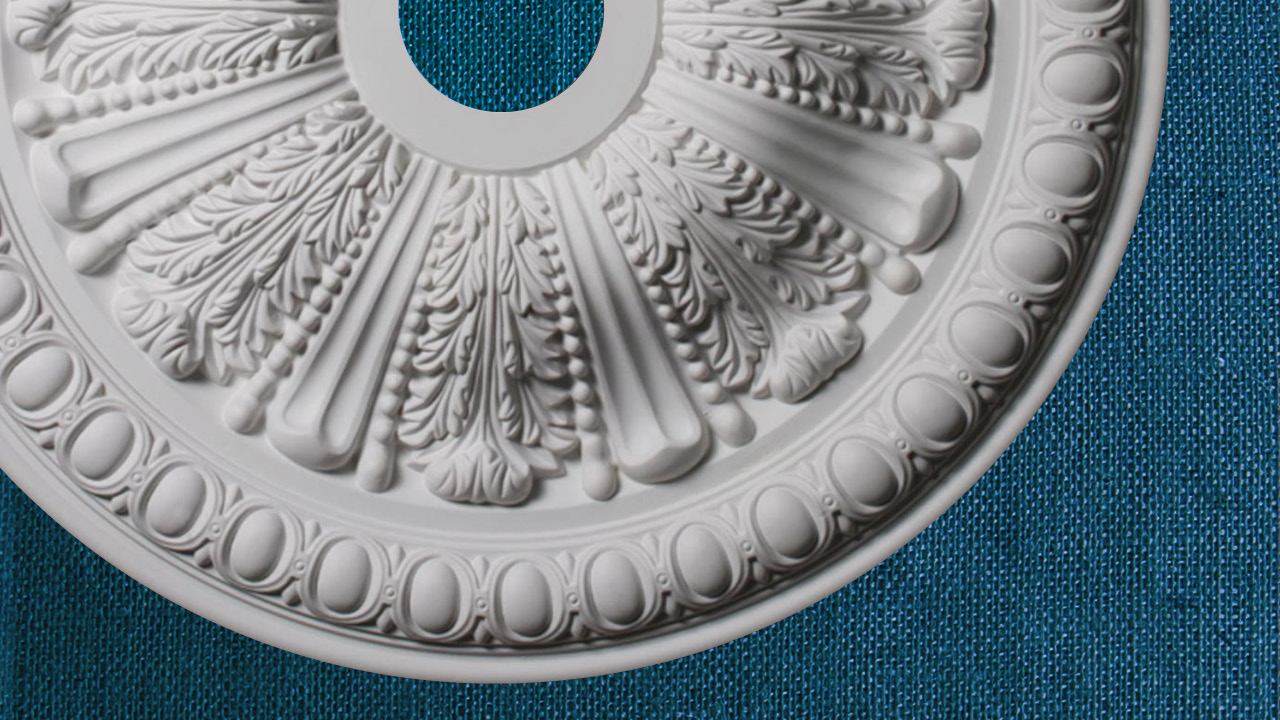

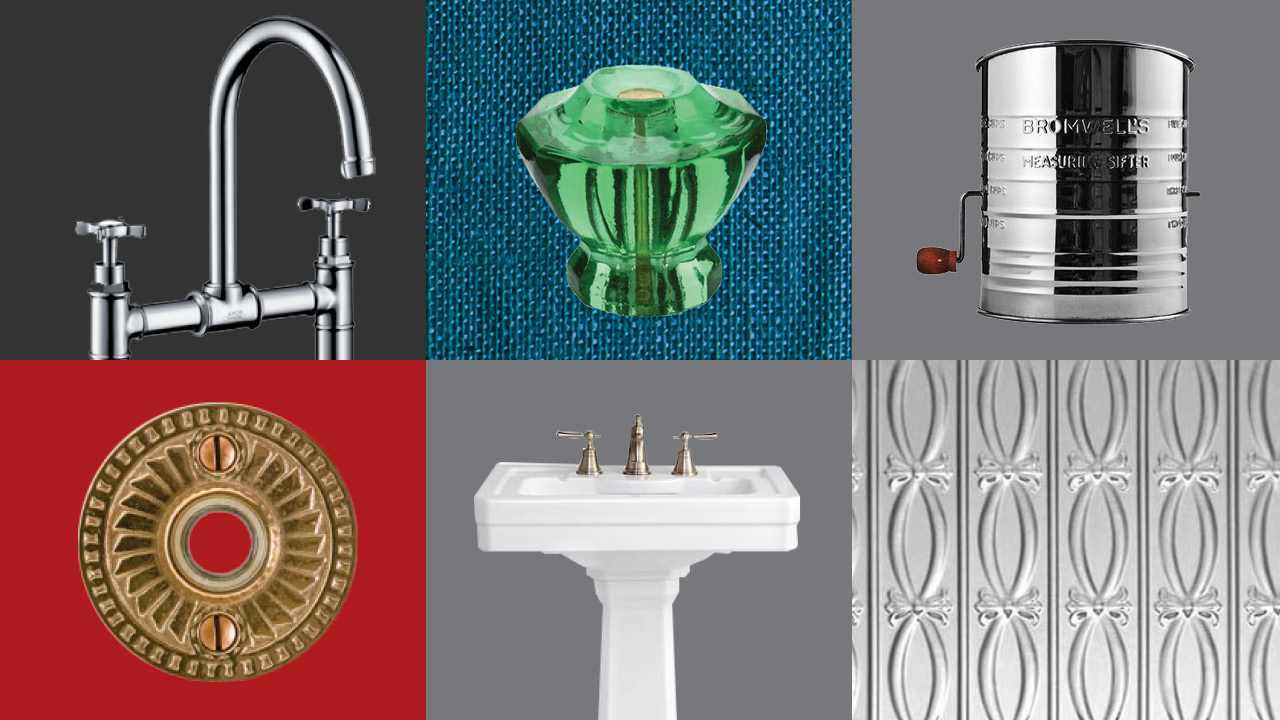

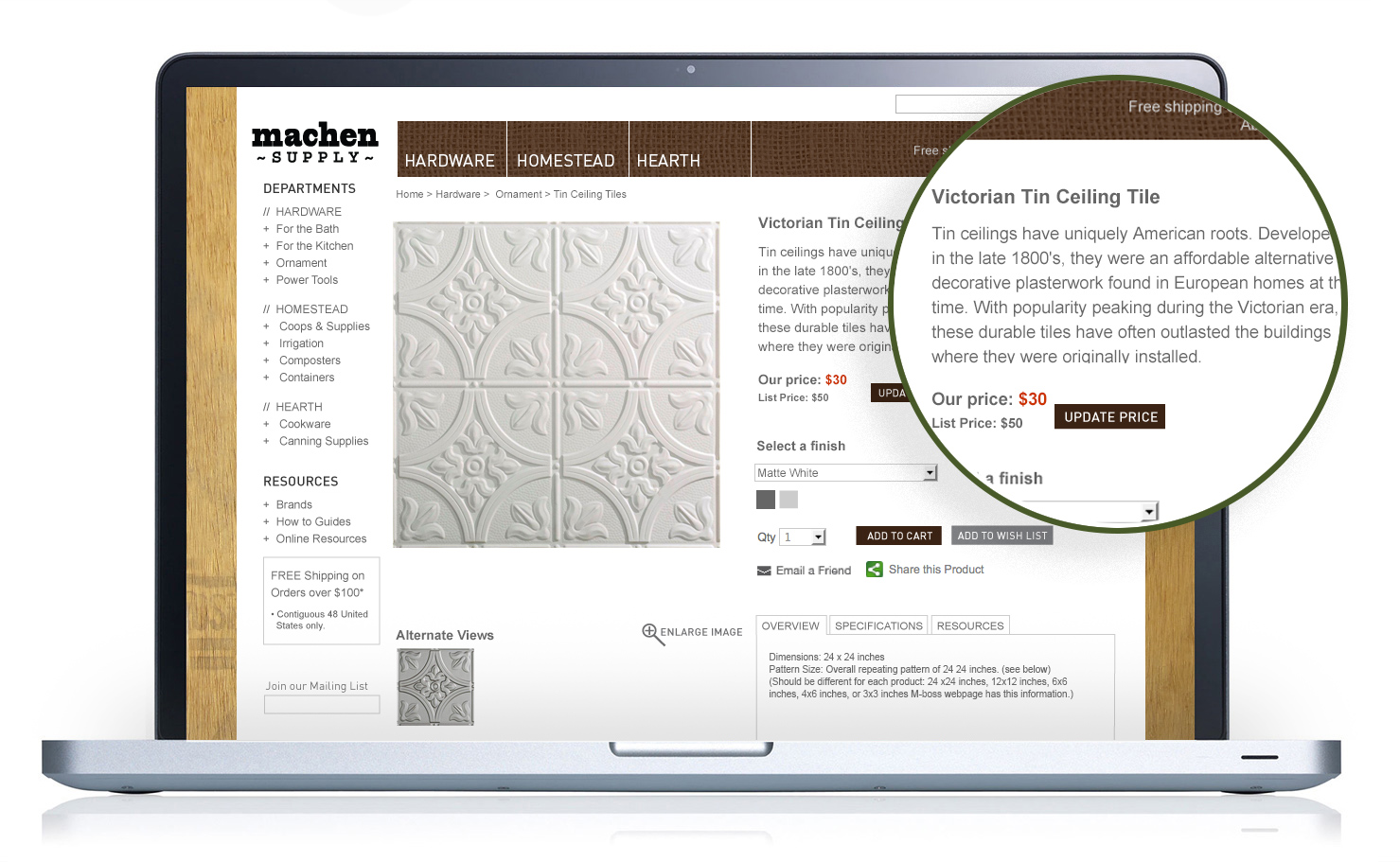
Business Model
The business model was dropship, which meant I set up relationships with various distributors and manufacturers around the country and did not carry inventory. While I managed all the sourcing and buying of products, I worked with partners in India to build and populate the store, which carried over 300 items.
Design
Elements of the design were inspired by Americana and artisan craftspeople. Colors and elements reflect an unpolished, raw and authentic aesthetic: factory blues and primary colors, burlap, plywood.

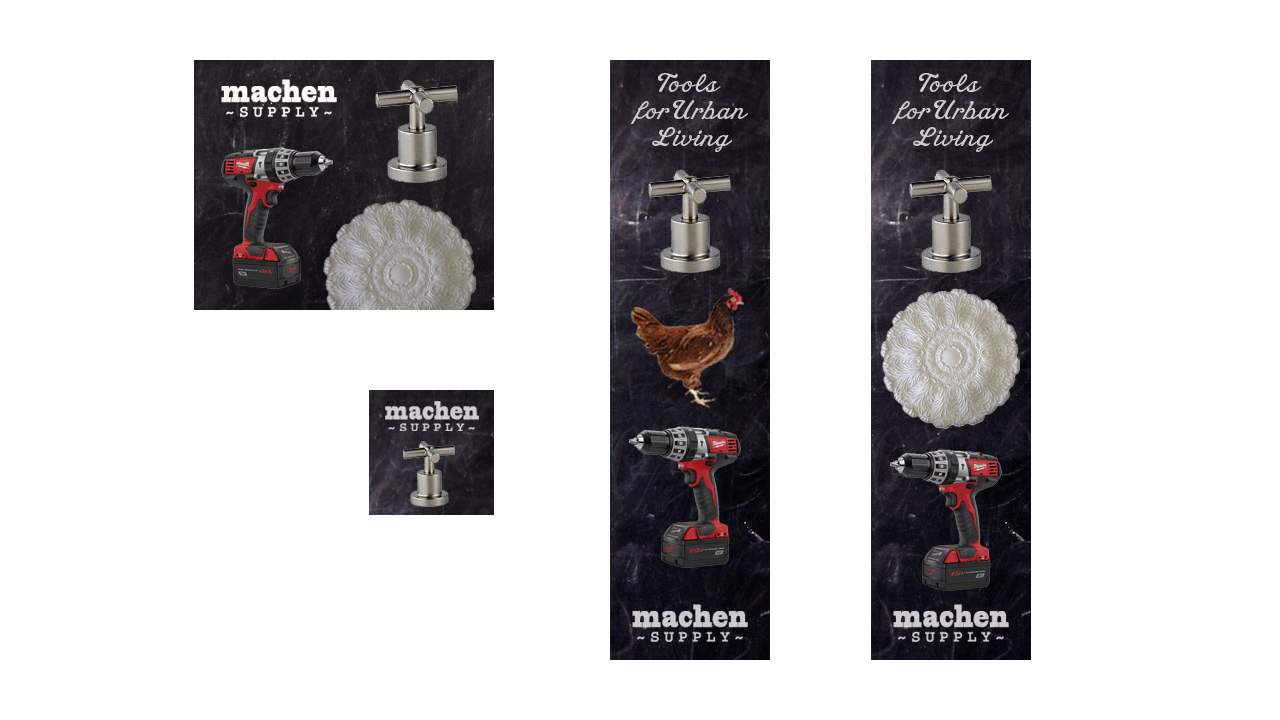
Products were divided into three departments: Hardware, Hearth and Homestead, which reflect a lifestyle of renovation, regeneration and growth.

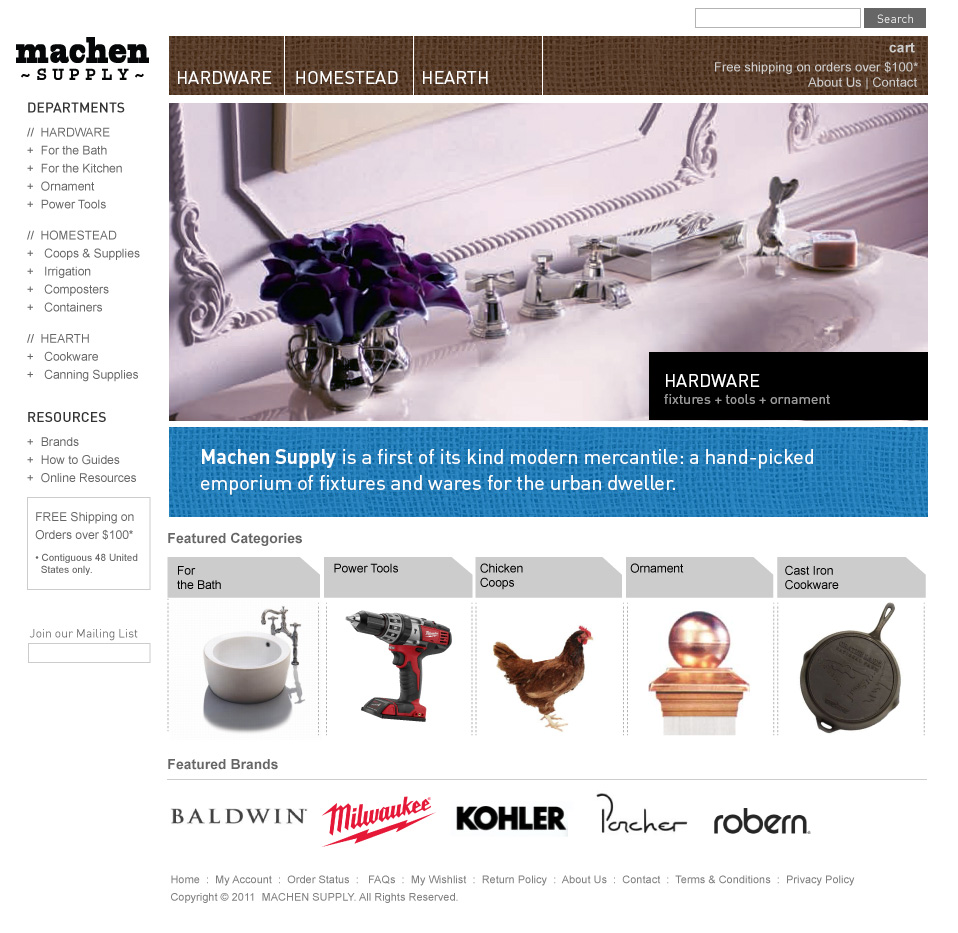

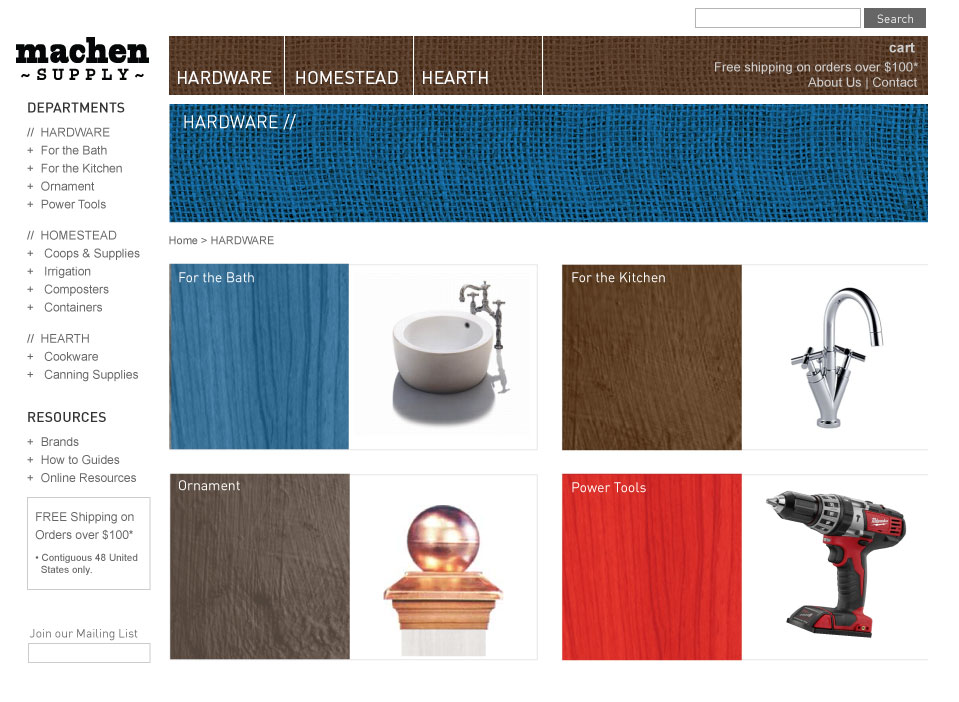

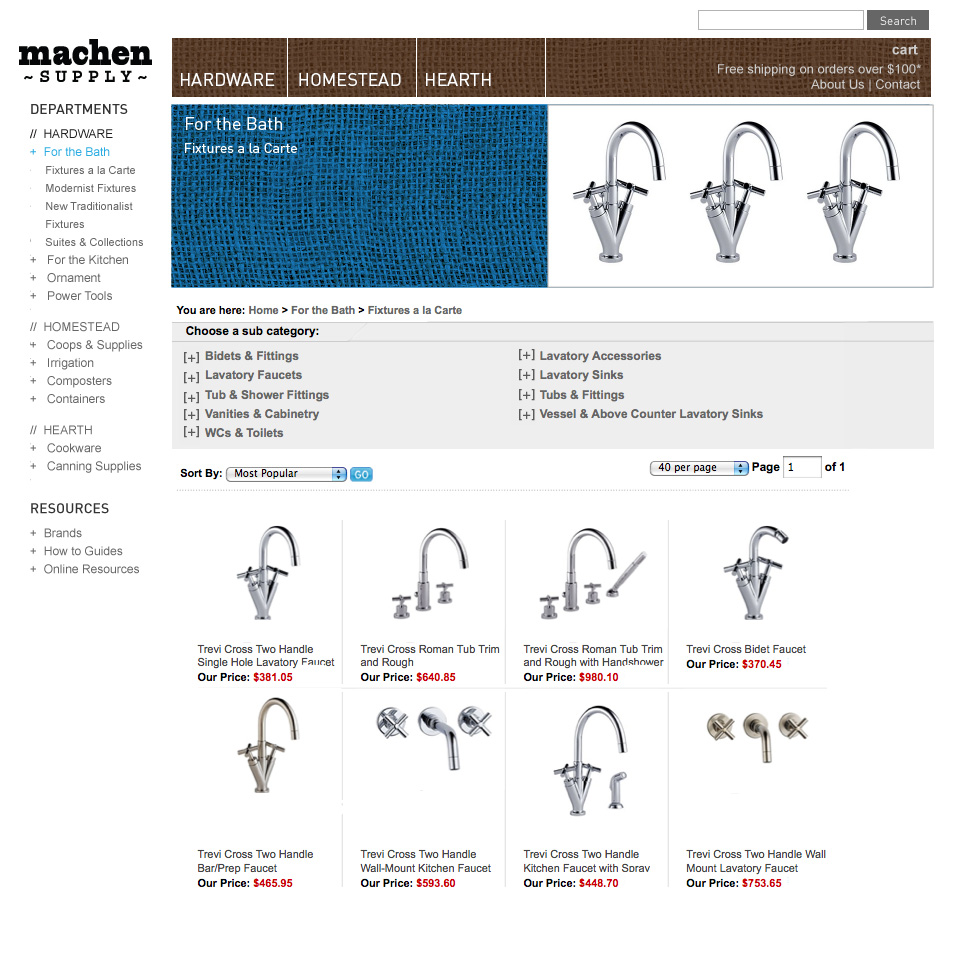

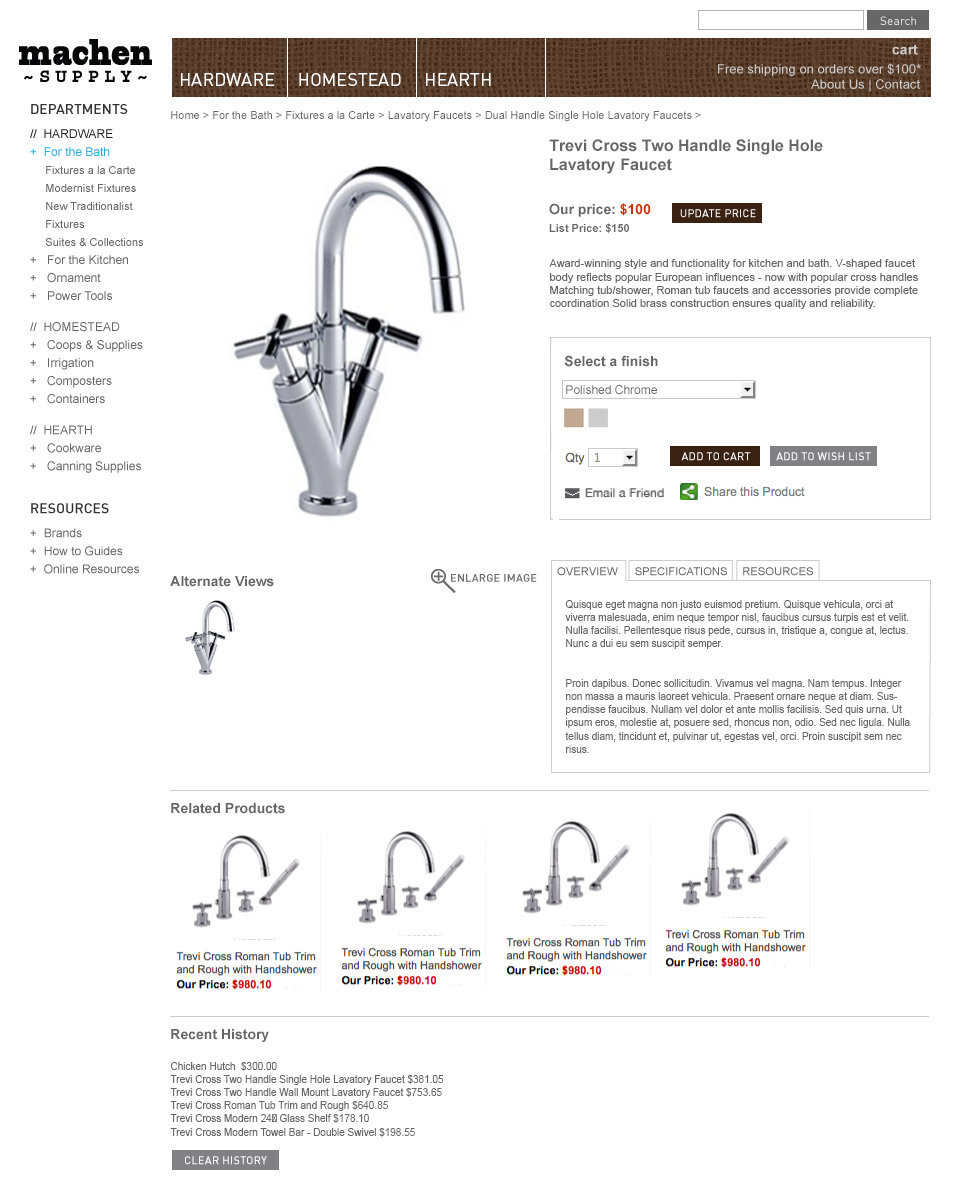












Results
This was another successful launch, and I was delighted that the brand values resonated with my targeted demographic. I managed to leverage a few of my social media contacts from my Tikoli days and get some press online and in print media.

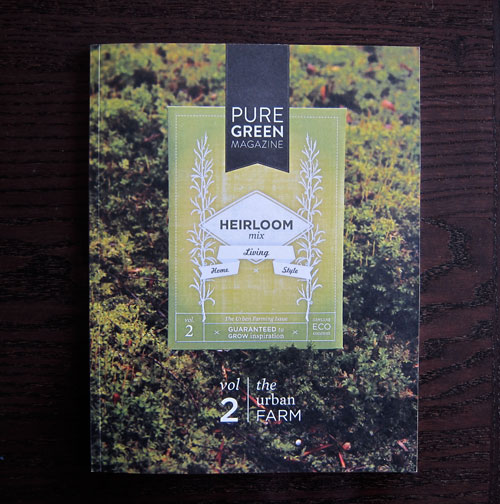

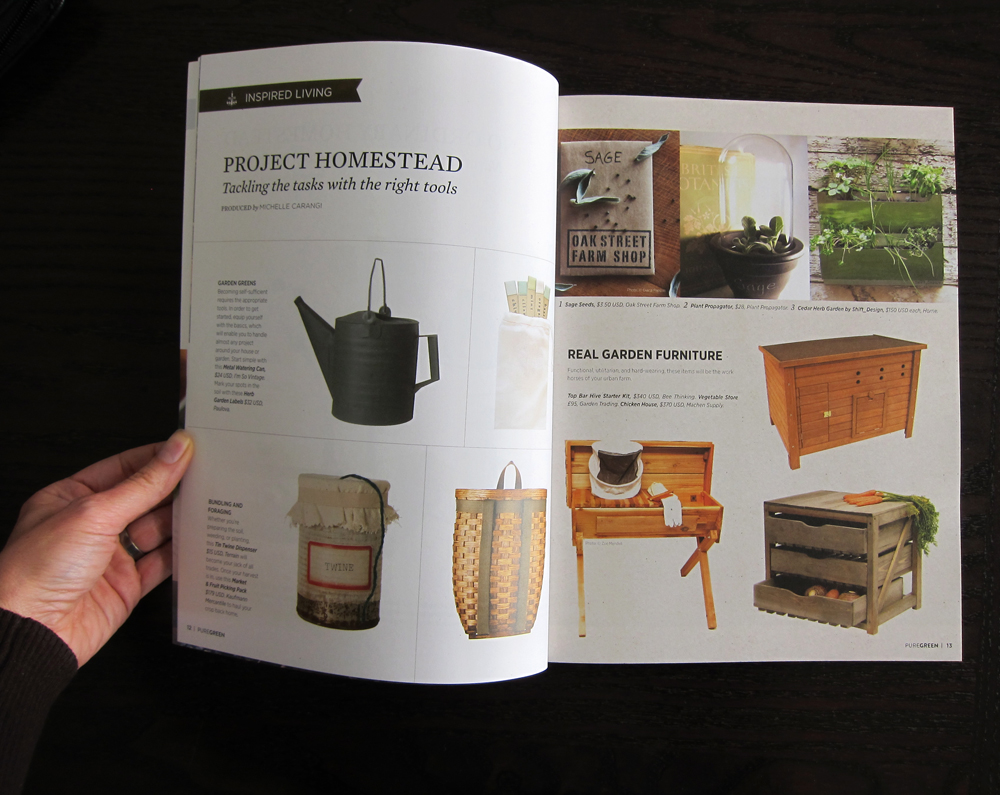
The challenge was by 2011, the nature of the Internet had changed, with big brands discovering the value of blogging, and bloggers wanting to monetize. The business model was strong as I carried no inventory and each item reflected a hearty profit. But in the end, with the climate of the Internet changing, I did not have the time or resources available to compete with Fortune 100 brands as this was a self-funded project.
All said and done, I learned a tremendous amount from this experience. How quickly a market changes, and the importance of being nimble and observant. With funding and co-founders, I would love to build another brand in this manner, knowing what I know today.
Interested in launching a similar project? Let's talk! Interested in what I was up to before? Read this.






